Have you ever wondered how do I roast coffee beans at home? We find that one of the most relaxing things you can do in the morning is to roast your own cup of coffee. When you roast coffee yourself you can guarantee you will your coffee the way you like it. Whether you like light roast, dark roast, or medium roast, you will always have the perfect beans for you.
In this blog article, we will teach you how to roast coffee beans at home like a professional.
By roasting all your coffee yourself you can guarantee yourself a great cup of coffee and consistent beans every time.
We will show you everything you need to start roasting coffee at home. All you need are a few supplies. Once you finish reading this article you will know everything there is to know about coffee roasting.
What Does Roasting Coffee Beans For Taste?
To understand coffee roasting you have to first understand what coffee is and where it comes from. Originally, coffee is a small fruit and the coffee bean is the seed. First, we process the fruit by stripping the flesh and leaving just the seed. Then, we dry the seeds.
At this stage, it is considered green coffee beans. This is what you can purchase for roasting your own beans. When it is like this, green coffee can be stored for long periods of time before it is roasted. Producers ship green coffee globally.
By roasting green coffee it drastically changes the flavor profile of the bean. At first, it starts out extremely acidic, and almost undrinkable.
When you start roasting moisture trapped within the bean starts evaporating. While roasting, the coffee bean starts caramelizing the natural sugars within the bean. This helps create the complex flavor of coffee that we know and love.
Keeping Coffee Fresh
After you finish roasting the beans it immediately starts to decay. This is why we stress drinking coffee as close to the roasting date as possible. We recommend within one or two weeks. The longer you wait for the most flavor you lose.
Different Types of Roasts
Everyone has their own preference for roasts. However, we will explain each and every roast. Each roast tastes different and may be suited to a specific type of brewing.
Light Roast
Lightly roasted coffee beans are still light in color and are a good choice when you have mild-bodied coffees. Coffees should not use any oil on the coffee beans when lightly roasted. If it starts looking oil you have gone for too long. This kind of roasting brings out the light, fragrant floral, and fruity notes of the coffee. This kind of roast is perfect for a higher acidity brew and requires less time a low temperature.
To get a light roast on your coffee you will want an internal temperature of 356 to 401 degrees Fahrenheit. This usually falls right at the beginning of the first crack.
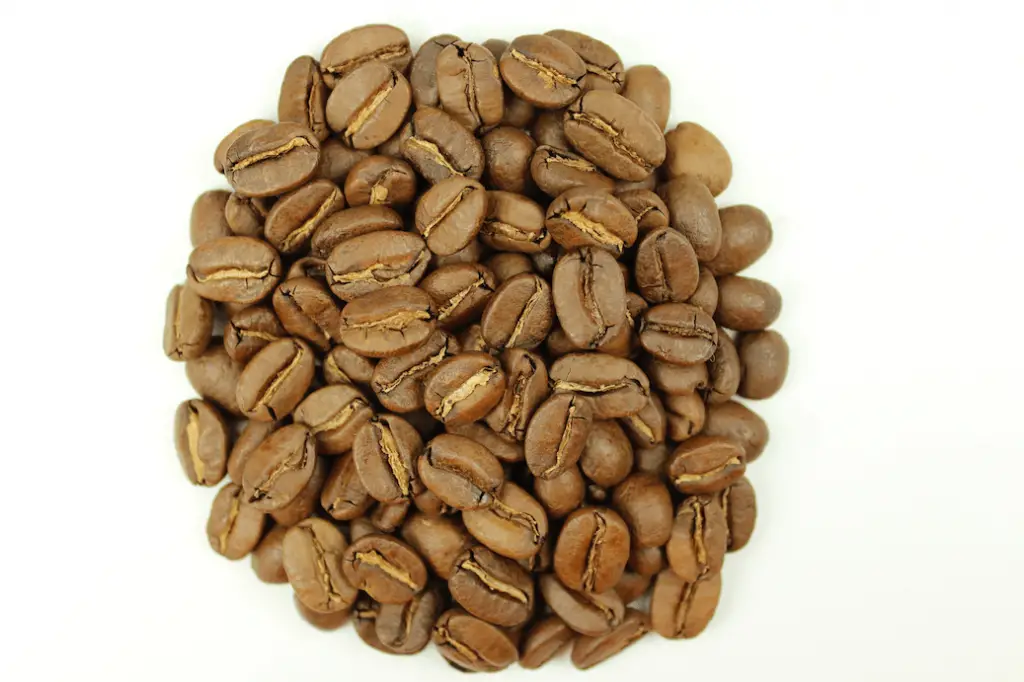
Medium Roast
Most popular coffees are a medium roast because it appeals to the widest audience. A medium roast gives the coffee a mild amount of acidity and a fuller body. This roasting level is around the middle of the first crack. The beans should be roasted anywhere between the first and second crack to be considered a medium roast.
You are aiming to be around 410 to 428 degrees Fahrenheit of internal temperature. This results in a medium brown looking bean with a non-oily surface.
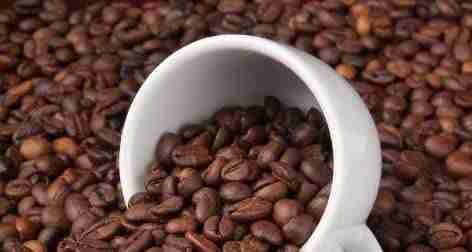
Medium-Dark Roast
When you reach this point in roasting the oils of the coffee start to appear. This happens when you approach the 2nd crack. At this point, the flavor profile changes and you begin to taste hints of spice and heavier body.
Medium-dark roast coffee has a bittersweet aftertaste. To roast this coffee you must reach an internal temperature of 437 to 446 degrees Fahrenheit.
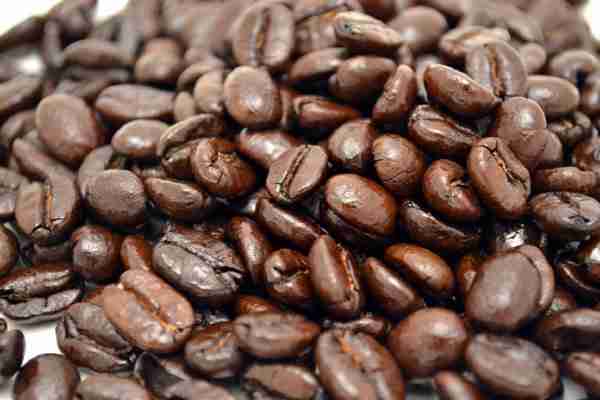
Dark Roast
The last roast is the dark roast. This is the hardest roast to do without the right equipment. It is tough to get the right temperature without ruining the whole batch. You will be roasting to the second crack. Coffee beans will take on an oily sheen and most of the acidity will be removed.
You need to get the internal temperature to around 464 to 484 degrees Fahrenheit. However, at this point, the taste of the roasted coffee may lose a lot of its original characteristics and taste like a generic dark roasted coffee. It varies from each person’s preferences and it may take on a burnt flavor if you are not careful.
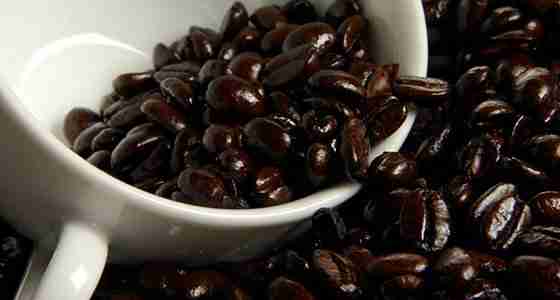
How to Start Roasting Coffee Beans at Home
You will need a few supplies to properly roast your beans.
- Green Coffee Beans – You can get many different types of beans from different locations. Once you open this can of worms you will never be able to put it back. You will want to try all different types of coffee and roasting techniques.
- Coffee Roaster – Our preferred coffee roaster is a small handheld roaster that is perfect for starting out. It is called the Nuvo Eco Ceramic Coffee Bean Roaster and it is amazing.
- Storage Container – When you finish roasting your coffee the quality of the beans steadily decrease. The best thing to do is to drink the roasted coffee immediately, but if you can’t its best to store it in an airtight container.
Roasting coffee beans is something you can do in your own home. You can get started using your kitchen stove and a few pieces of equipment. To successfully roast your beans heat the beans anywhere between 370 to 540 degrees Fahrenheit.
When heating the beans keep them in motion. Keep moving them so they do not burn. This can easily be done with a handheld coffee roaster just by shaking the beans around. It is best to do this in an area with a lot of ventilation. Roasting coffee creates a lot of smoke.
The Best Home Coffee Roaster
This is a great little coffee roaster performs better than other roasters that cost much more. We love this thing! Take this roaster everywhere we go and can use it anywhere. We have even taken this roaster camping. If you want to see some great camping gear for brewing coffee check this article.
The design of this roaster is great because it acts as an oven to evenly roast all your green coffee beans. As a result, you can get a perfect batch of coffee every time. When you are finished roasting the quick discharge allows for easy cleanup and cooling. You will have full control of all your coffee when you have your own roaster. It opens up a whole new realm of possibilities.
Cooling the Coffee Beans and Removing the Chaff
When you are done roasting your coffee you have to dump your beans onto a tray or baking sheet to cool. Slightly shake your tray to allow the beans to cool. Then you have to remove the chaff. The chaff is the outer skins of the coffee beans and falls off when the coffee is roasted. While the chaff falls off the bean you still have to separate from your beans. You don’t need to remove every piece but the more you get out the better.
Our method to remove the chaff without creating too much of a mess is pouring the freshly roasted coffee beans between two colanders. The beans will be caught by the colanders, but it will let all the chaff fall out.
Another method is to use a strong fan to blow the coffee beans after roasting. This will create a huge mess and blow the chaff everywhere, but it will separate all the coffee from the chaff.
The chaff is great for composting and if you already compost pile you can add it in. Coffee is naturally good for the soil and can add nitrogen into the soil. When coffee chaff is broken down by microorganisms it releases nitrogen which provides plants with a source of nutrients.
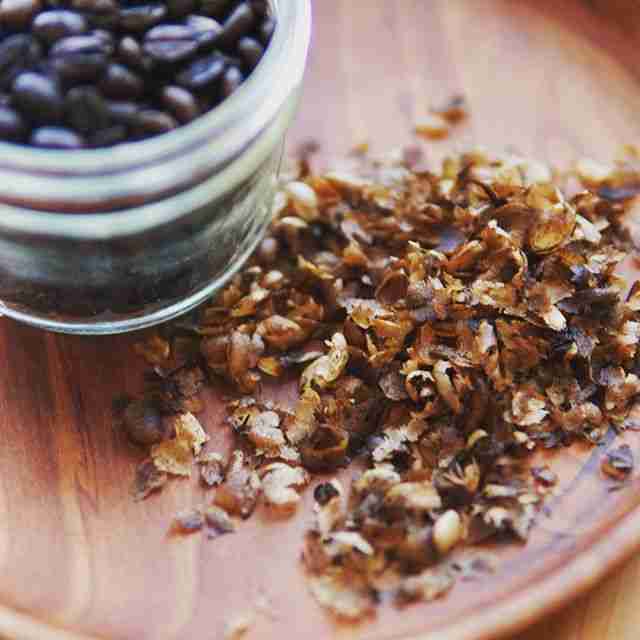
Storing Your Beans
Make sure you store your beans in an airtight container. We prefer glass jars with rubber stoppers. They look great and are very functional. The rubber stoppers prevent any air from getting in and can keep coffee fresh for up to a week before noticing any difference in taste.
We recommend waiting up to 12 hours before storing your beans to let gasses from the beans to dissipate.
Conclusion
Roasting coffee at home is a unique experience that you have to try yourself to see if you enjoy. It can be a relaxing experience to roast your own coffee. It is fun experimenting with different roasts and beans. I hope we taught you everything you need to know about how to roast coffee beans at home.
The possibilities are limitless and it puts you in control of your morning cup of coffee. Don’t like roasting coffee yourself? If you are more of a K-Cup coffee person, check out our 30 favorite K-Cup flavors.


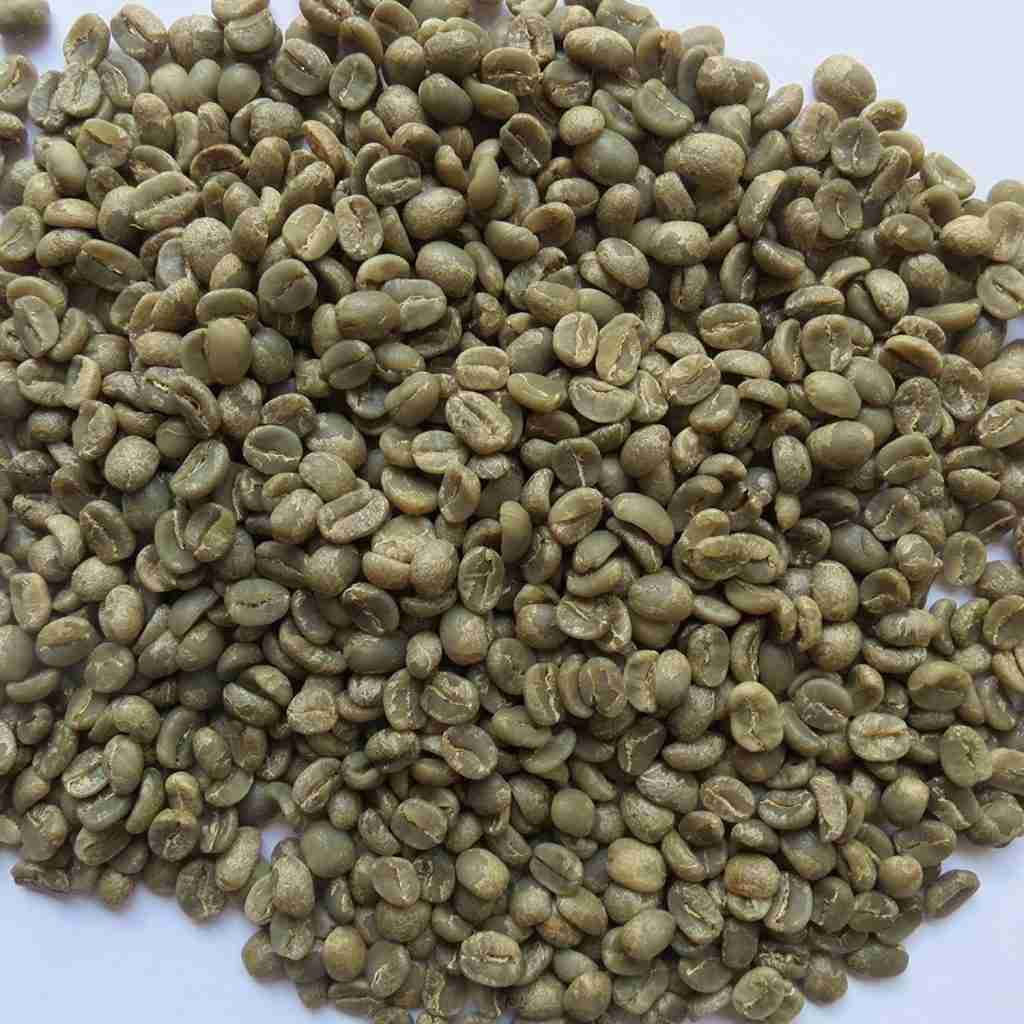

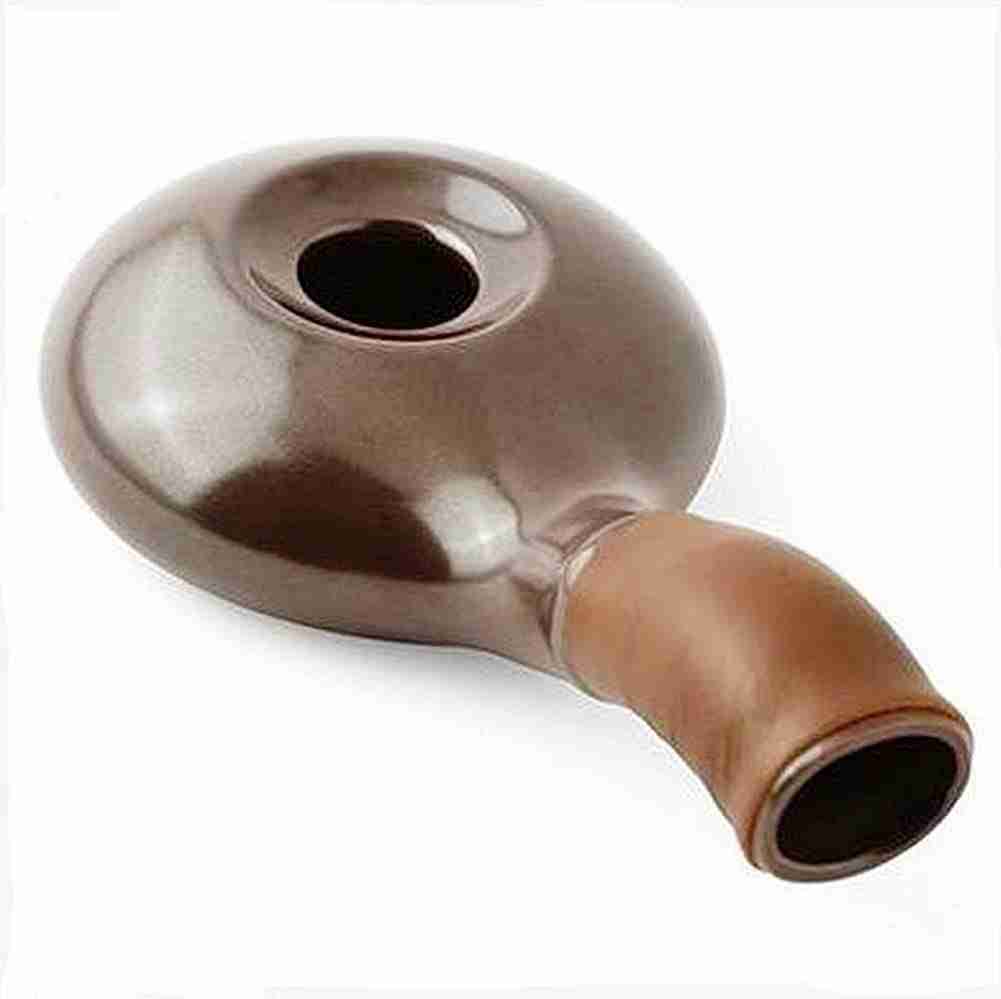
nice article,thanks for sharing.
Great article, Light Roast coffee is my best choice in your article, I found a lot of information. Which one do you recommend for the best taste and smell? Thanks for sharing such an informative article. Hopefully, waiting for your more article in the future
As a barista says “perfect espresso is always light roasted” so nobody can blame you for prefering it light. :)
Dark roasts only become oily with time, watch some Ethiopians roast and brew coffee, very dark roast but never oily.